The Scientist University

What's Your Story? Competition Guidelines and Writing Tips
The Scientist | Dec 17, 2024 | 7 min read
Enter for a chance to have your story published on The Scientist’s website!
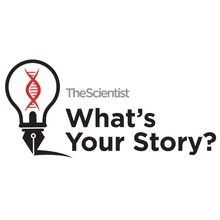
What's Your Story?
The Scientist | Dec 17, 2024 | 2 min read
Enter our second annual writing contest. The winners’ stories will be published on The Scientist’s website!

What's Your Story? Ideas and Discoveries Worth Sharing
The Scientist | Dec 16, 2024 | 2 min read
Our second annual writing contest provides life scientists with a platform to try their hands at science journalism, tell their science stories, develop their communication skills, and publish their work.
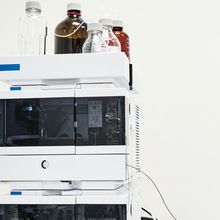
What Is Proteomics?
Sejal Davla, PhD | Dec 9, 2024 | 7 min read
Explore proteomics concepts, approaches, and data analysis.
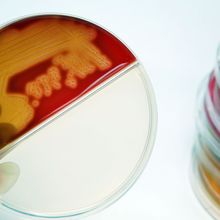
Exploring the Landscape of Bacterial Culture Media
Priyom Bose, PhD | Nov 15, 2024 | 10 min read
Culture media contain various components that promote and support bacterial growth and differentiation.

Gene Silencing with RNA Interference
Rebecca Roberts, PhD | Nov 11, 2024 | 5 min read
Gene knockdown using RNAi enables gene function studies, with applications from pest control to biotherapeutics.
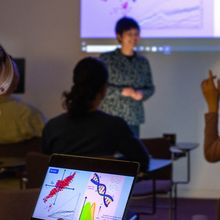
Tips for Making Slide Decks for Scientific Presentations
Nathan Ni, PhD | Nov 11, 2024 | 4 min read
Almost every scientific presentation uses a slide deck, but little time is spent learning how to make or improve them.

Creating Effective Scientific Posters
Nathan Ni, PhD | Oct 30, 2024 | 4 min read
Posters need to incorporate scientific communication and graphic design principles to reach their full potential.

Insights Into Protein Engineering: Methods and Applications
Priyom Bose, PhD | Oct 29, 2024 | 7 min read
Synthetic biologists modify naturally occurring amino acid sequences to engineer proteins and enzymes for specific applications.
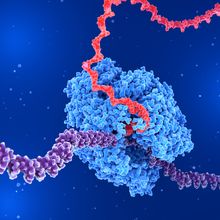
All About Alternative Splicing
Amielle Moreno, PhD | Sep 27, 2024 | 7 min read
Enhancing protein diversity and guiding cellular functions, alternative splicing is a key dimension of genetic regulation.

How Visual Cues Can Help Tell the Story
Nathan Ni, PhD | Sep 25, 2024 | 4 min read
Effective scientific figures incorporate artistic principles, using color, layout, and other visual elements to help clarify the message.

Harnessing Molecular Farming’s Potential
Priyom Bose, PhD | Sep 5, 2024 | 8 min read
Molecular farming is a promising technique that enables the production of biopharmaceuticals and other high value compounds in plants.

Attention to Detail in Scientific Figures
Nathan Ni, PhD | Sep 4, 2024 | 4 min read
Small details—including alignment, layout arrangement, legibility, and visual consistency—are important when designing and creating scientific figures.

Introduction to Gene Ontology
Uzma Rentia | Aug 28, 2024 | 9 min read
Gene Ontology is an expanding knowledgebase that provides scientists with universal definitions to describe the functions of genes and their products.

Designing Scientific Figures
Nathan Ni, PhD | Aug 23, 2024 | 4 min read
Planning and designing figures—organizing, arranging, and visualizing data—is an important skill for scientists.
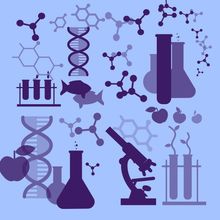
Multiomics Enables Integrated Biological Analysis
Rebecca Roberts, PhD | Aug 19, 2024 | 6 min read
Scientists use multiomics to explore the biological continuum from gene to phenotype, identifying complex molecular mechanisms and pathways.
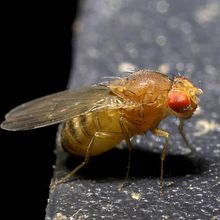
Small Model Organisms as Versatile Research Tools
Deanna MacNeil, PhD | Jul 26, 2024 | 5 min read
Flies, worms, and fish with rapid development and characterized genetics help scientists uncover fundamental and universal biological processes, and shape cutting-edge research across disciplines.
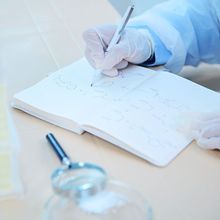
How the Bench Can Build SciComm Skills
Nathan Ni, PhD | Jul 17, 2024 | 4 min read
A scientist’s day-to-day routine in the laboratory provides many opportunities for developing their scientific communication skills.
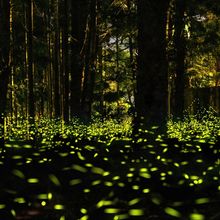
Luciferase: A Powerful Bioluminescent Research Tool
Priyom Bose, PhD | Jul 16, 2024 | 9 min read
Luciferase refers to a group of bioluminescence producing enzymes that enable researchers to study gene expression and regulation.
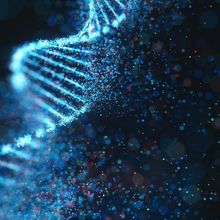
Synthetic Genomes: Rewriting the Blueprint of Life
Priyom Bose, PhD | Jul 15, 2024 | 8 min read
Scientists construct synthetic genomes using computational and genetic engineering strategies to better understand complex biological systems.